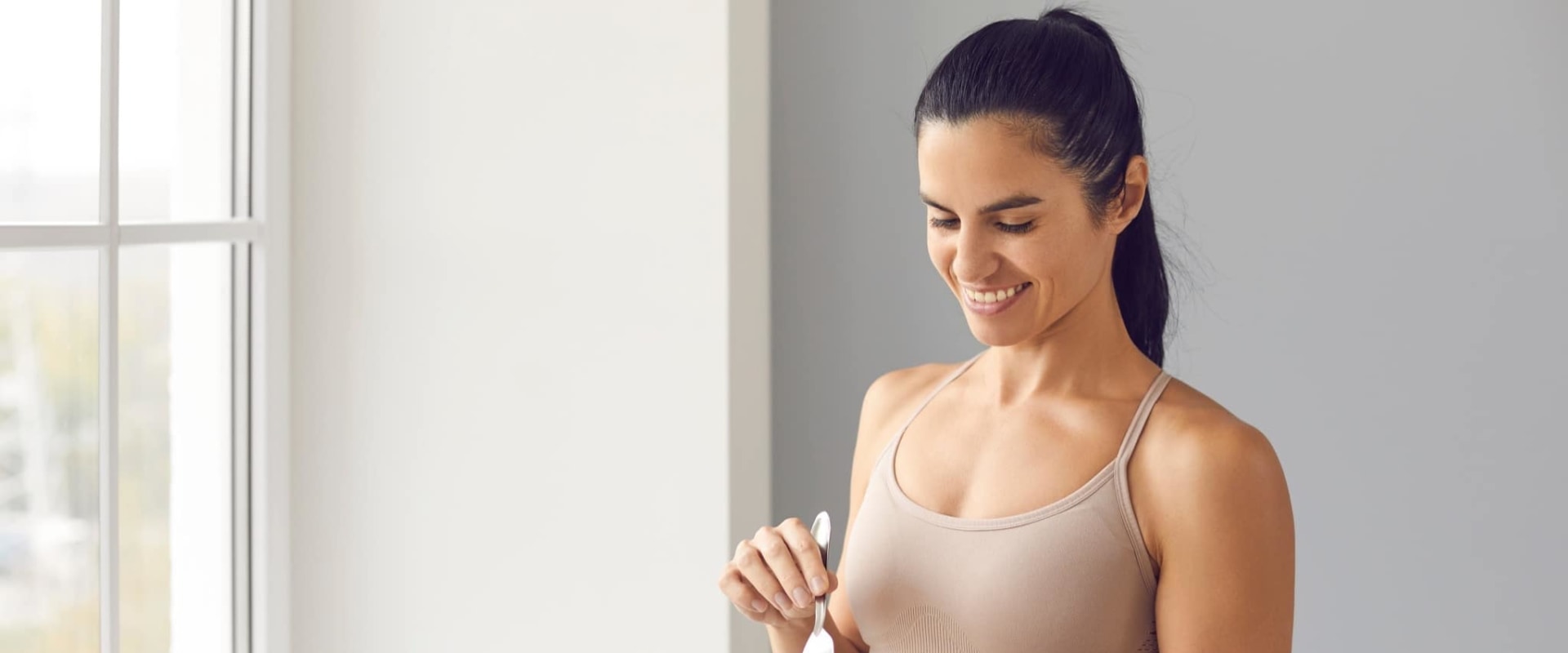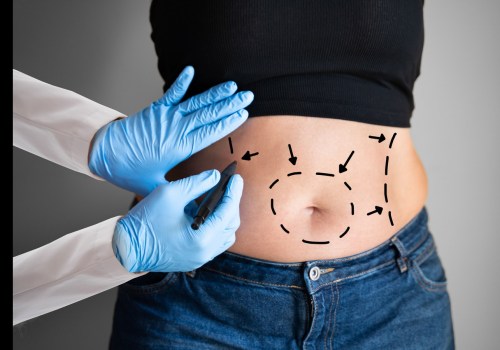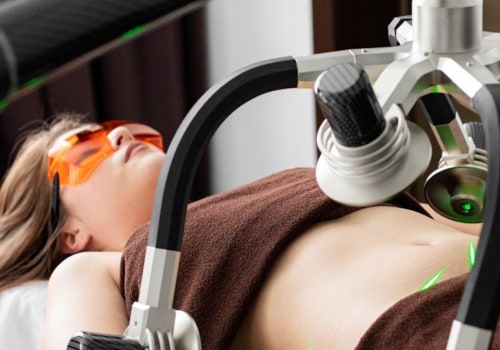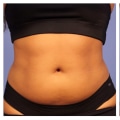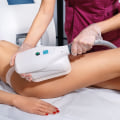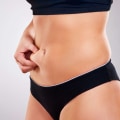Protein is essential for the production of new blood cells and collagen, the building blocks of the body. Eating foods high in healthy fats can provide more energy, help the body absorb vitamins and minerals, and promote cell growth. Therefore, a diet rich in healthy fats is necessary to maintain the results of a fat transfer procedure. Foods high in healthy fats include avocados, nuts, fish, eggs, cheese, and whole yogurt. When it comes to the body, food is fuel.
During recovery from a fat transfer procedure, it is not the time to go on an intensive diet. The body needs nutrient-rich foods to heal quickly and nourish the fat cells transferred to the buttocks. Eating a healthy diet full of healthy fats found in foods such as nuts, avocados, olive oil and salmon (omega-3 fatty acids) is recommended. Junk food such as candy, French fries and soda should be avoided as they can hinder your recovery. Depending on the amount of fat removed, you may need to stay in the hospital for a day to monitor your health after surgery.
Gaining a lot of weight can backfire as extra fat can distort your fat transfer results. Avoid putting pressure on the buttocks so that the donated fat cells can build a new home without moving, which could otherwise cause a distortion of the result of the procedure. After surgery, your metabolism increases significantly so you don't have to worry about accumulating fat all over your body. Any fat that doesn't survive the transfer process must be safely absorbed and eliminated by the body. For facial rejuvenation with fat transfer, it is advisable to sleep on your back, preventing your face from leaning against the pillow (in fact, many doctors specialized in anti-aging consider this practice beneficial in preventing wrinkles).
During this time, walking lightly is helpful but you should be careful not to burn too many calories or perform any movement that puts pressure on the transferred fat. Eating a healthy and nutritious diet will help you accelerate your recovery and give transplanted fat cells a better chance of survival. What all surgeons agree on with Fat Transfer is that the patient's actions during recovery have a direct and significant impact on the amount of fat that survives. It is recommended to consume at least 2000 calories a day until the fat grafts are stabilized to feed the immune system. This technique is widely used in Brazilian butt lifts (BBL), facial rejuvenation, and treatment of depressed or sunken scars due to traumatic injury. You should avoid strenuous activities during the first 2 months of recovery to ensure you don't burn the fat transferred to fuel your workouts.
